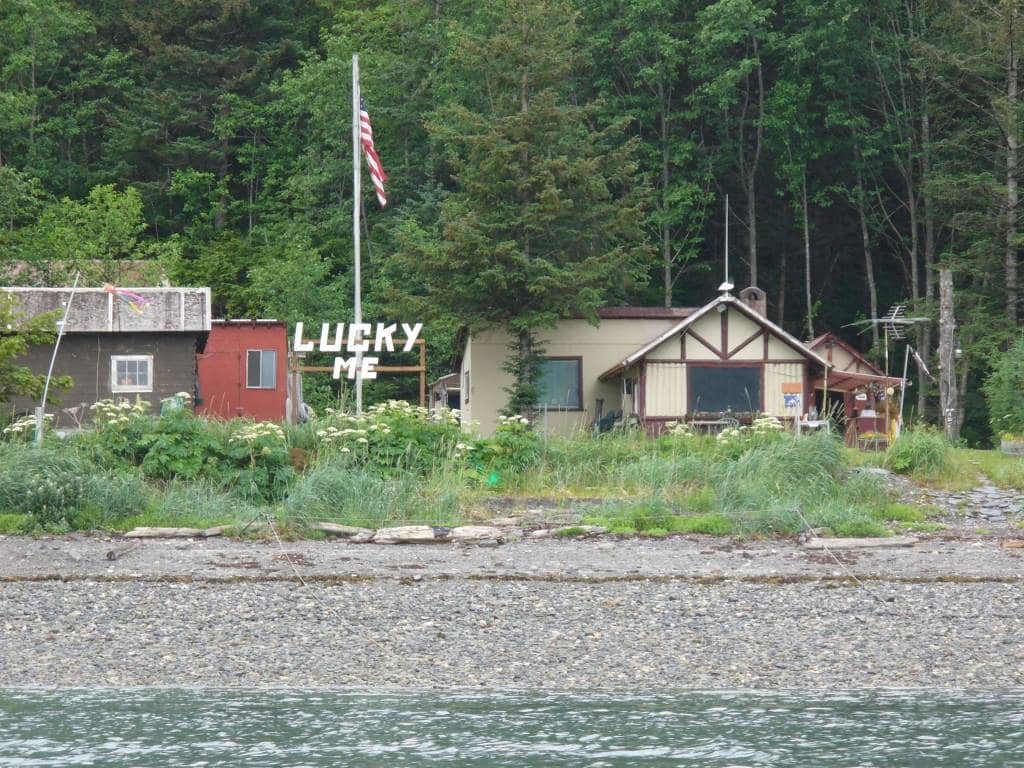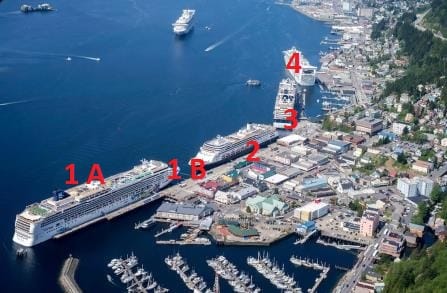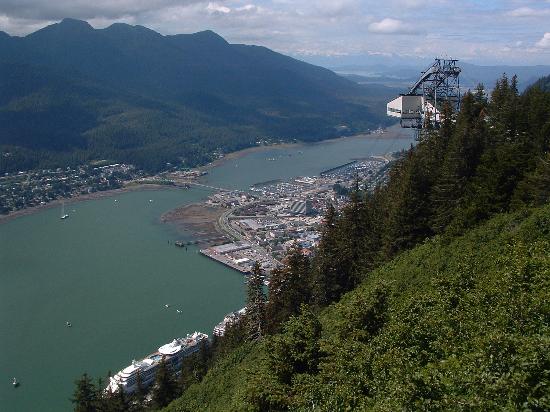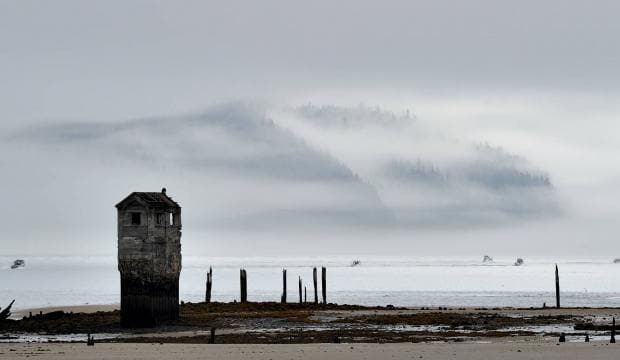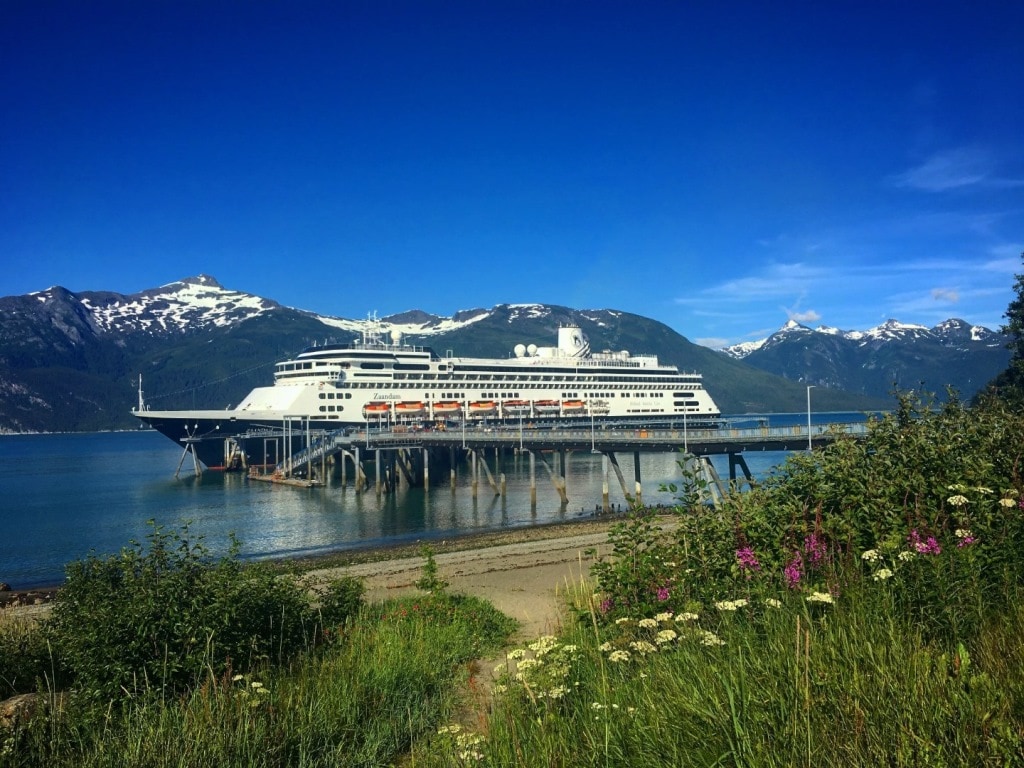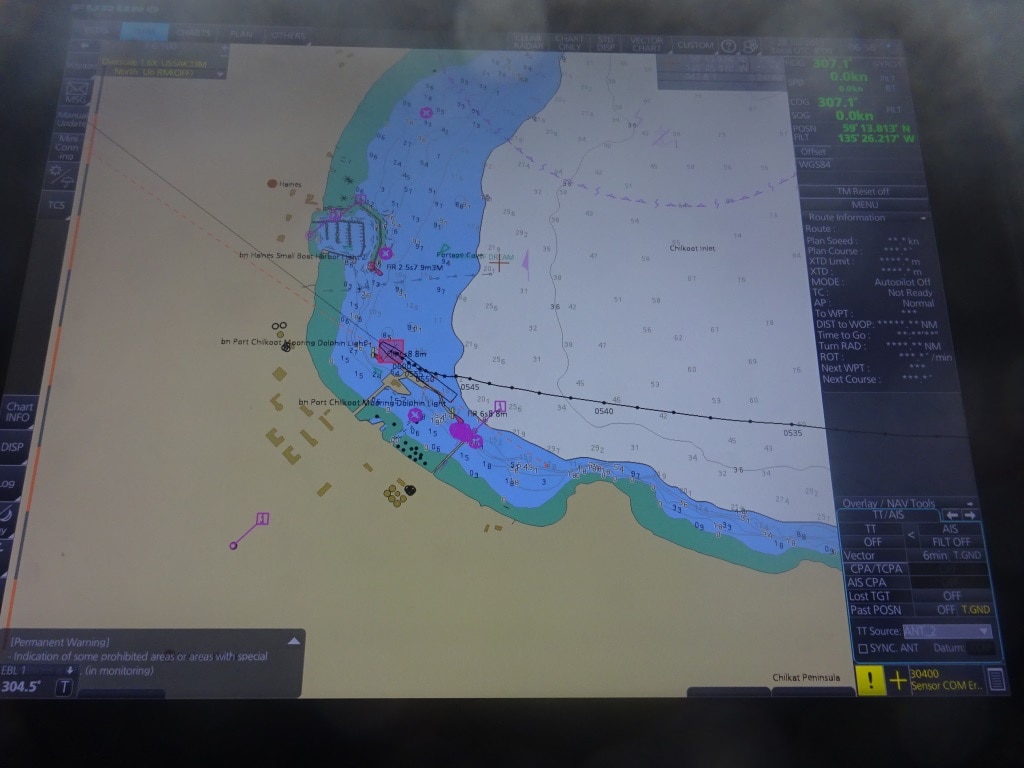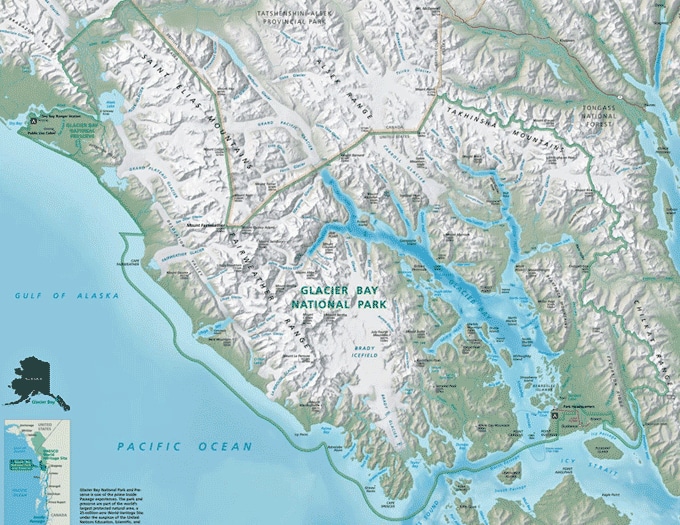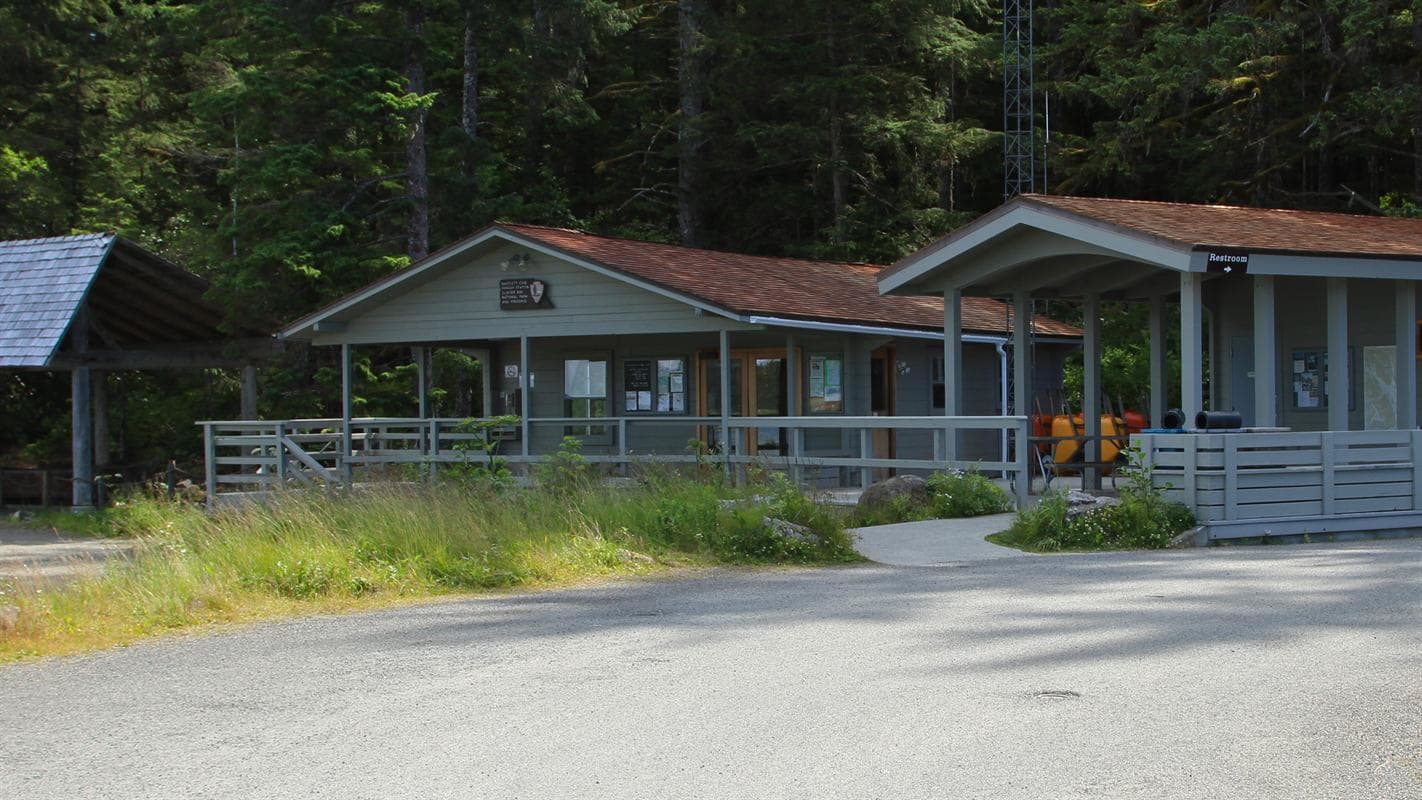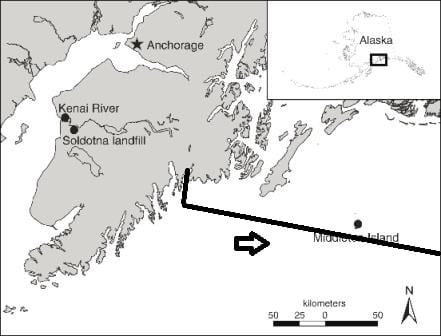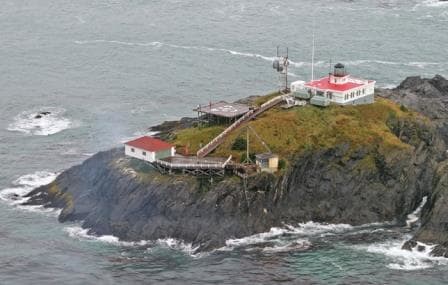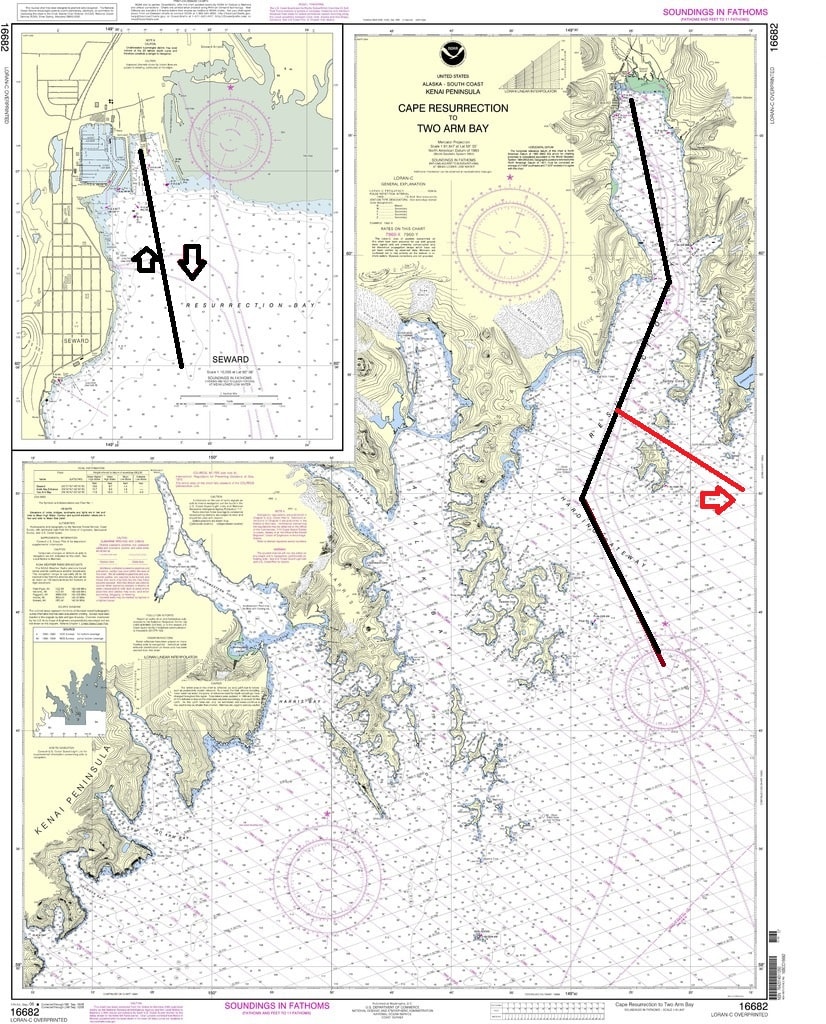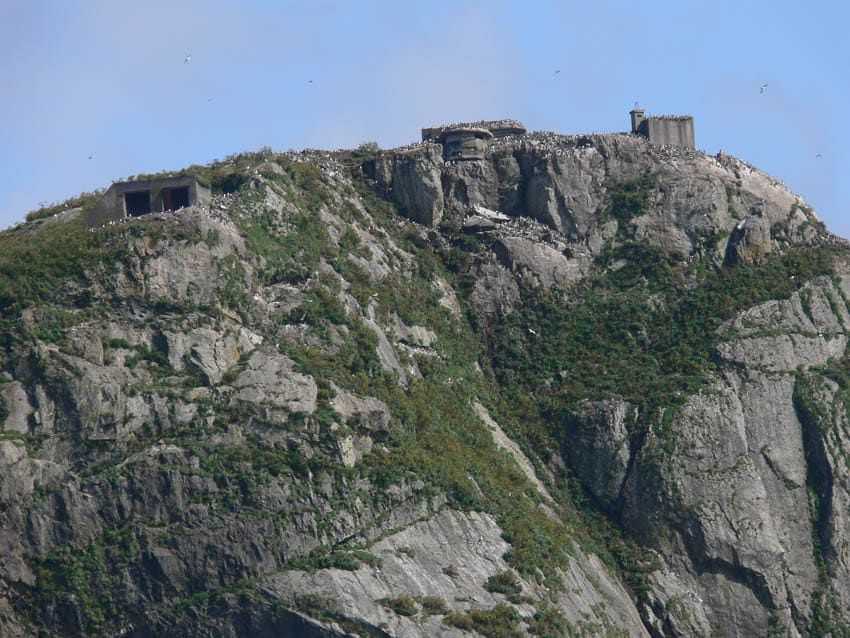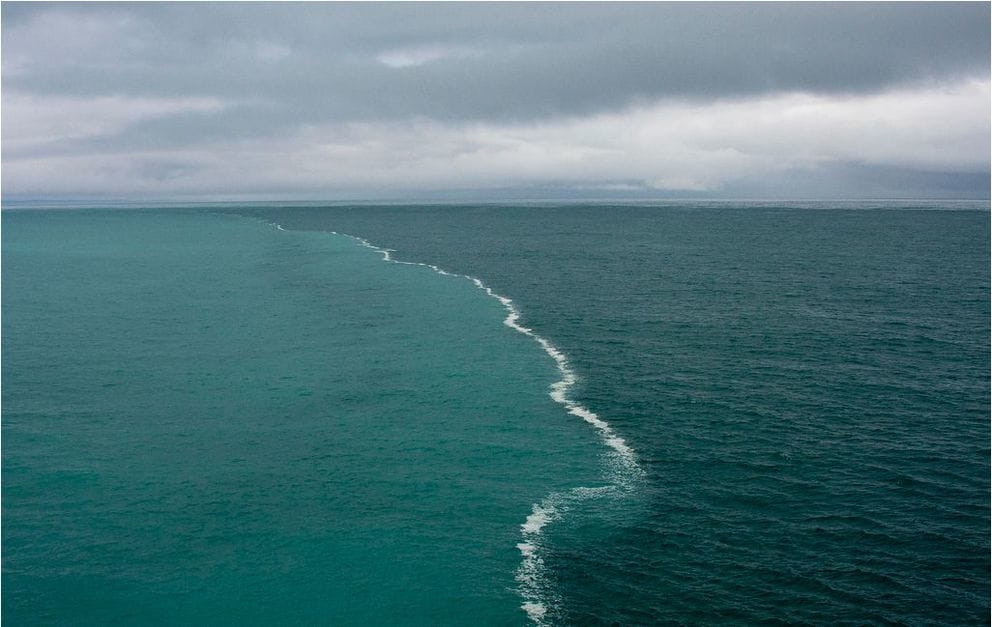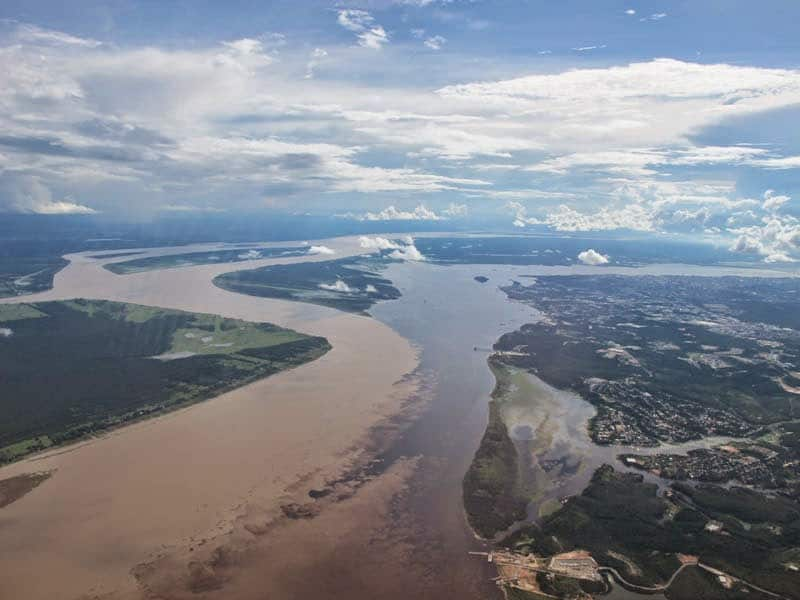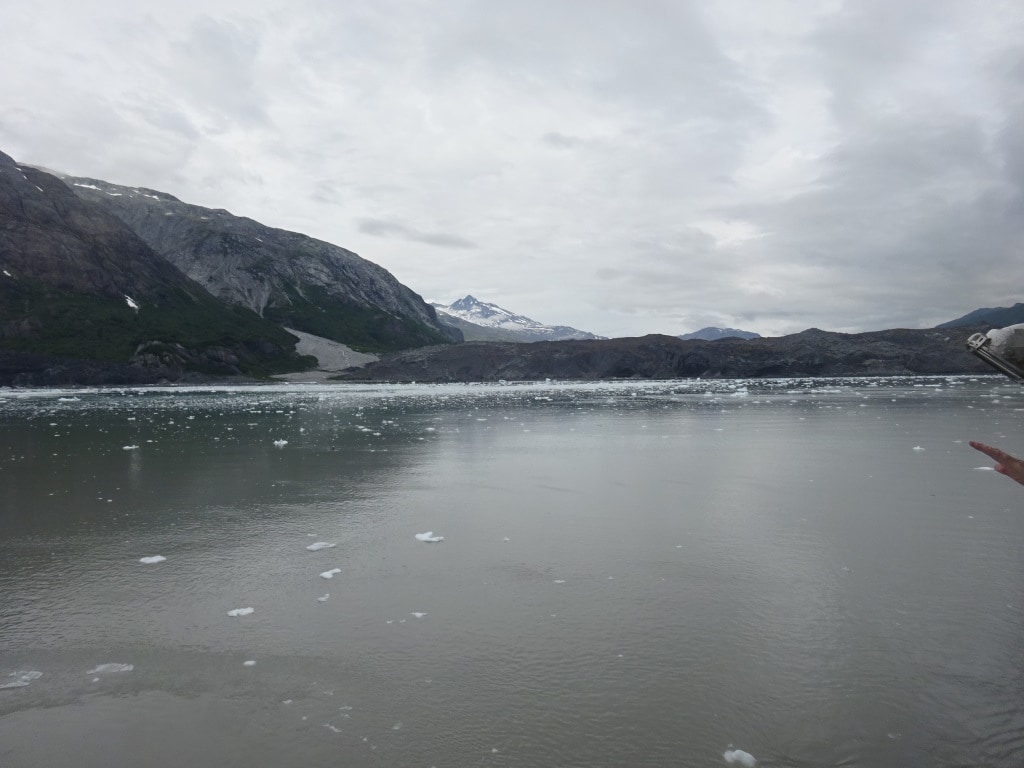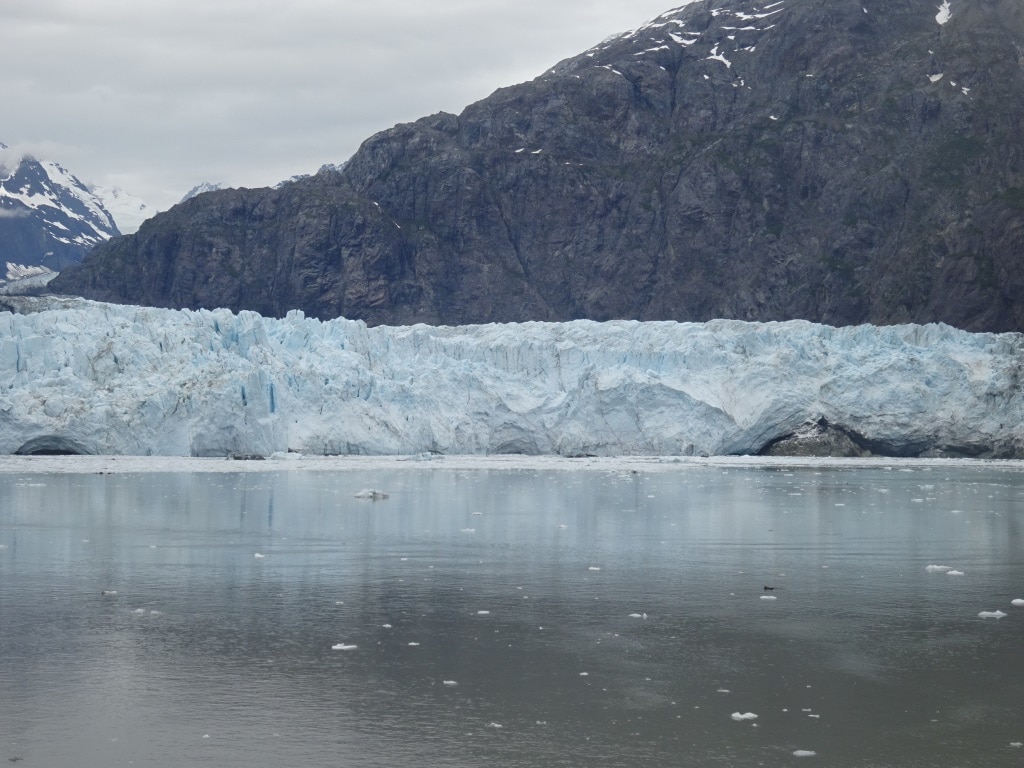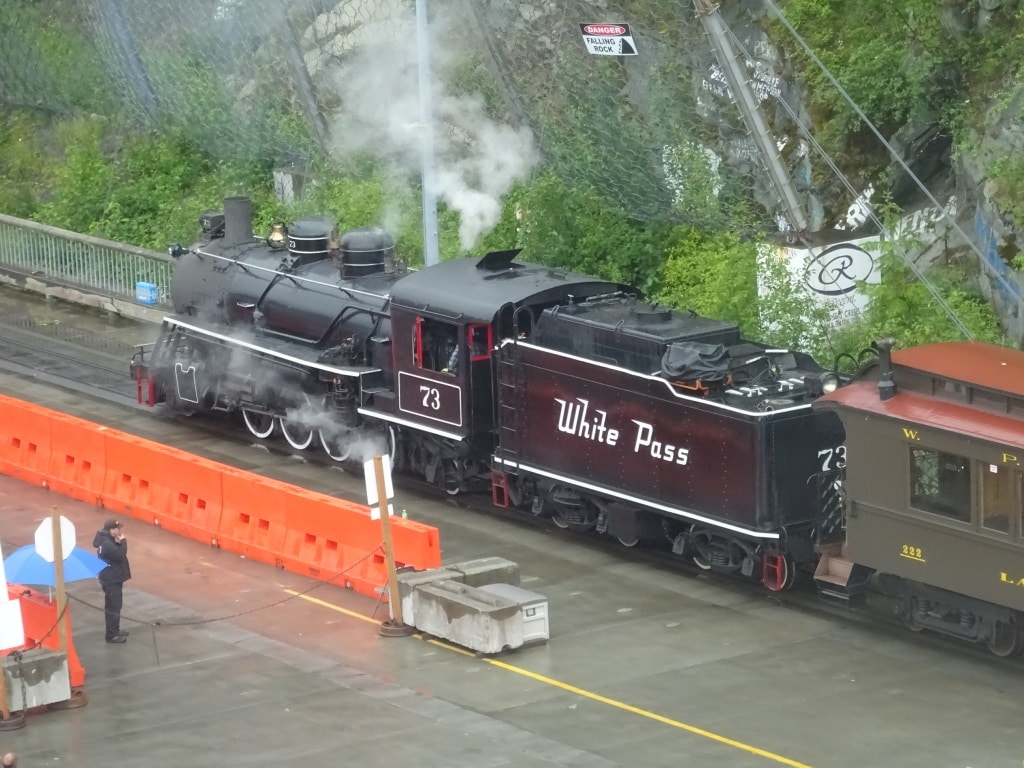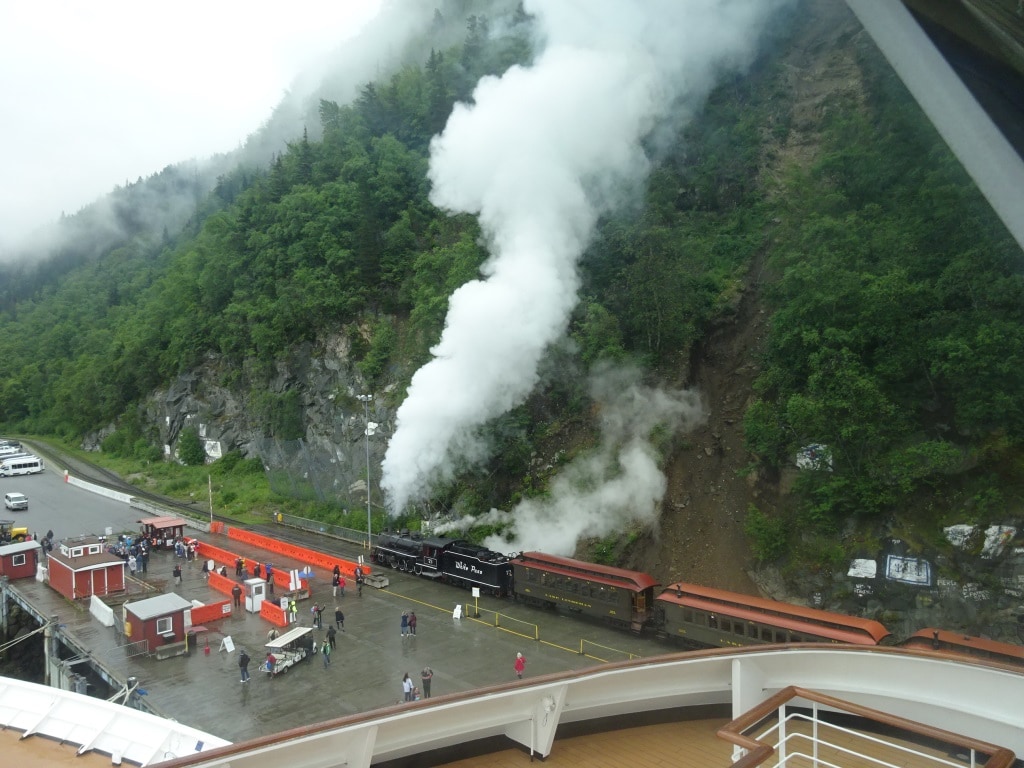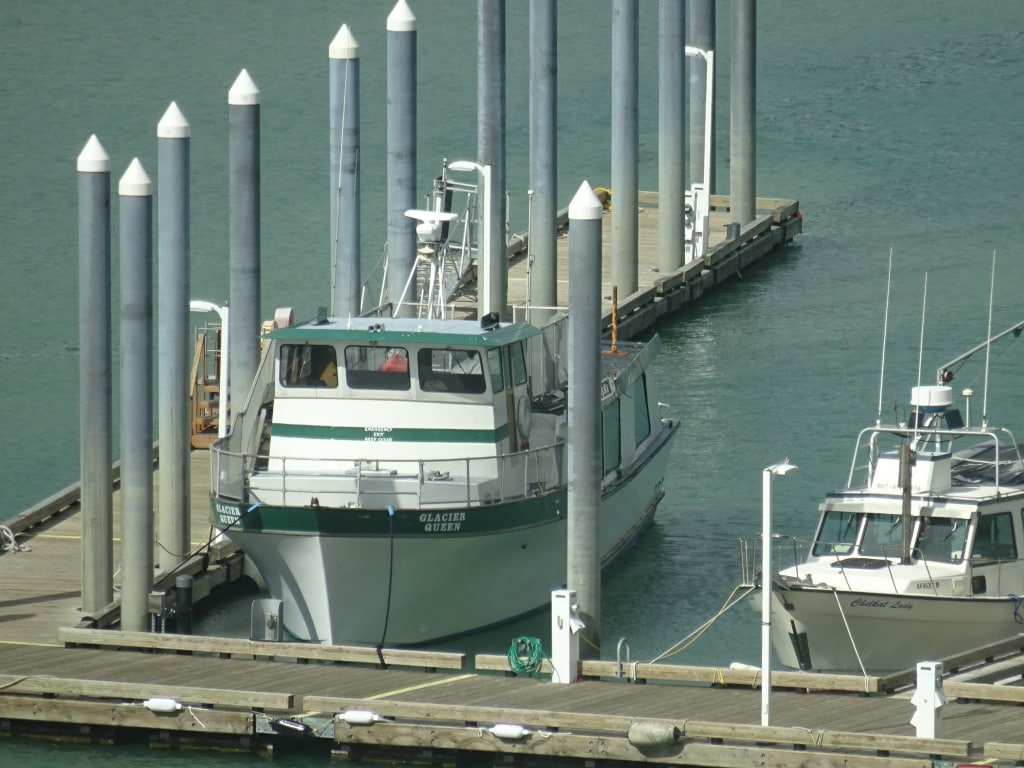Tonight the slack tide at Seymour Narrows will be around midnight and thus the whole schedule between Ketchikan and Vancouver has been set up accordingly. For that schedule midnight is not a bad time. It means that you are back in the open waters by 00.45 hrs. Open waters is in this case a relative word as The Strait of Georgia is just a wider space between Vancouver Island and the Canadian Mainland. But relatively spoken it is an open space compared to the really confined waters of Discovery Passage where the Seymour Narrows are located.
The passage time also makes the Chief Engineer happy as it is about as perfect as you can have for an average speed voyage. We can do the whole voyage from Ketchikan to Vancouver with an average speed of about 16 knots. Steady speeds are good for fuel consumption and speed of 15 knots is easily maintained with two engines and when going through the narrows bit with three engines. You do not need that 3rd engine for power but it goes on line in case one of the other engines would suddenly get the hiccups. Transiting Seymour Narrows does not leave any margin for error and a failing engine while in the Passage would result in a new Holland America Line Hotel being established right on the shore side. No doubt offering a great view but not in line with company policy.
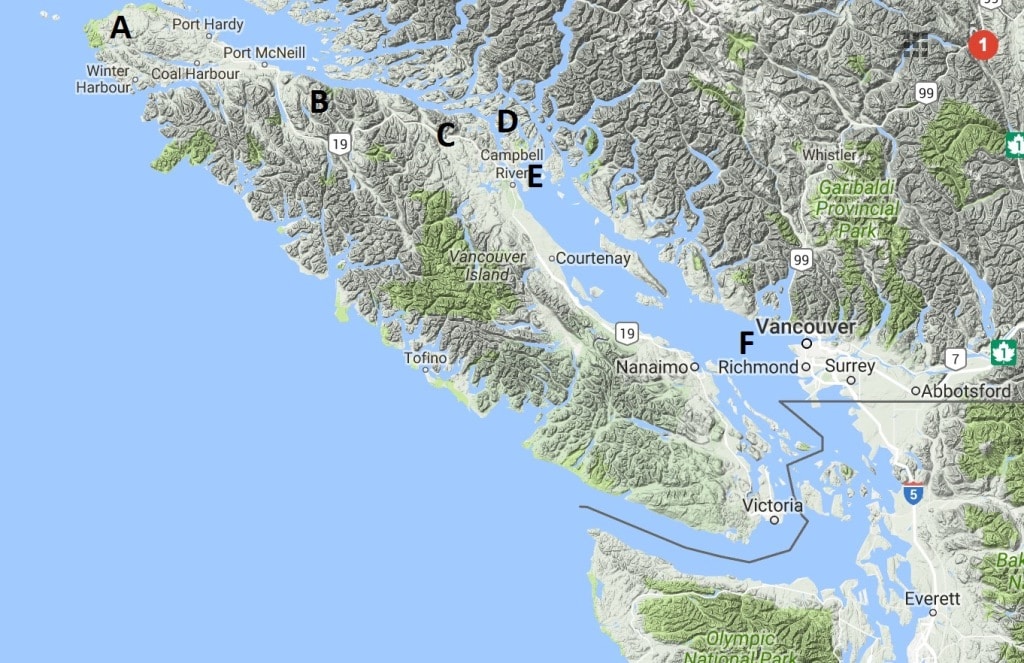
A: Pine Island Pilot Station. B: Blackney Passage. C: Race Passage. D: Seymour Narrows. E-F Strait of Georgia. F Lions Gate Bridge.
So we sailed down with an average speed of 16 knots to Pine Island where we embarked the Canadian Pilots and then had to maintain an average speed of 15 knots to get to the Narrows. The ship was still sailing with a speed of 16 knots but it normally slows down to 12 knots when making the turn at Blackney Passage (90o) and at Chatham Point (another 90o). In between there might be all sorts of traffic in the way and therefore we sail a bit faster than the average speed that is to be maintained. The big question always is, can we go through the Narrows at our preferred time? as everybody wants to go through at the same time. In that situation we are sometimes lucky and sometimes not. It can easily make a difference of 30 to 45 minutes. A bit earlier nobody minds very much but 30 minutes the other way also means that the captain will be in bed so much later.
If this was followed by a sea day then that would be not be so bad but at 05.30 the phone rings again for standby for arrival as the ship goes under the Lions Gate Bridge between 06.15 and 06.30 for a 07.00 hrs. docking. Then there is a full day in Vancouver and the same evening it goes the other way again. One lucky thing is that Vancouver is a Sunday visit and that at least reduces the number of visitors coming to the ship. Some of them consider themselves “very important” and have little understanding for the fact that the captain might prefer to be in bed, than be entertaining or involved in meetings. I will find out tomorrow morning how the Captain fared this time with keeping to the time table.
This is my last blog for a while. I will be going home tomorrow for a 2 month vacation and will be back on the fleet by the end of September. Which ship is still a little bit up in the air, as two months is a long time in the dynamic life I am currently leading. But I will put my new schedule up as soon as I can.
To all my readers, thank you for keeping up with my daily ramblings, I hope you found it diverting at times. I also hope to work on the history side of the blog but I am still waiting for the company to trace some lost files which went missing earlier in the year with the server change. So I will be back again, most likely to Alaska to help with closing off the season. Keeping my fingers crossed for a nice Indian Summer.
